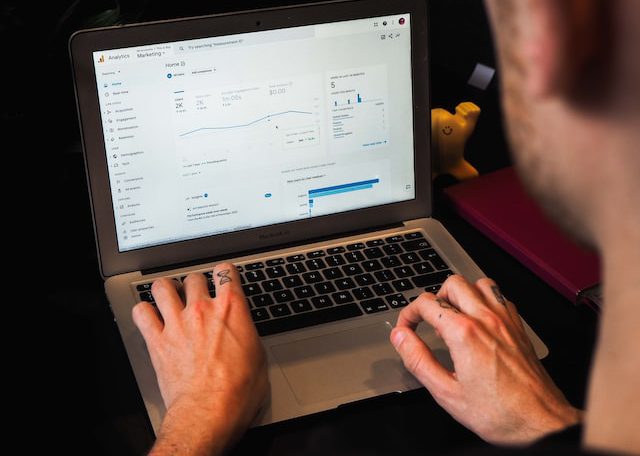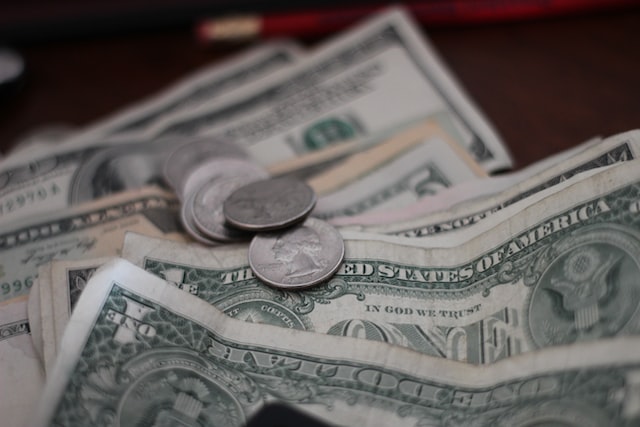The business cycle is a term that is used in economics to explain the fluctuations of an economy, and can also be considered a key factor in predicting the future performance of an economy. Specifically, the business cycle has two distinct phases: the trough phase and the peak phase. Each of these phases has different effects on the economy. In order to understand how the business cycle affects an economy, it is important to learn about its different components.
Peak phase
The peak phase of the business cycle is the point where the economy is at its maximum potential. It is also the point where demand for various products and services begins to decline, leading to an economic contraction.
During the trough, consumers’ spending habits begin to slow, and companies close down. This is when the rate of unemployment begins to increase. In addition, the Federal Reserve starts raising interest rates to curb inflation.

When the economy is in the expansion phase, businesses start to hire more workers to produce more output. The increased employment leads to a rise in GDP. Price increases are also likely during the expansion, as more people are able to spend their money.
During the trough, the rate of interest is often low, as consumers have less money to borrow. Eventually, these prices begin to fall, as people begin to pay their debts more comfortably.
During the trough, companies may close down, as they are not able to produce enough goods to meet the increasing demand. Businesses may even transfer some of their costs to the consumer.
The trough is the lowest point in the business cycle. After this, an expansion phase will emerge. As businesses expand to meet rising consumer demand, prices and output will increase.
During the peak phase of the business cycle, an overheating economy can lead to inflation. This is because there is a high demand for certain products. But when a business cannot match demand with production, there is a shortage of these products.
During the peak phase of the economy, the prices of products and services reach their highest points. Prices begin to decline during the recession, as the economy enters the contraction phase.
At the peak, real GDP is at its highest possible level. However, this is only temporary. Ultimately, the economy will begin to contract, resulting in inflation.
Although the length of the business cycle can vary, most of these cycles last around five years. These cycles have lasted longer in recent years, but that doesn’t mean they’ll last forever.
Trough phase
The trough phase of the business cycle is the point where economic indicators are at their lowest point. When the economy is in this phase, it is often referred to as a recession. This is a period of low growth and unemployment. However, this is not a permanent condition. Usually, there is some level of recovery before the economy moves back into an expansion phase.
Troughs are usually hard to notice in the real world, but they are a critical part of the business cycle. In this phase, businesses tend to run at a slower rate and they are unable to ramp up production to match the demand. During this time, debtors struggle to pay off their debts, and businesses are unable to keep up with their sales revenue.
Troughs are typically marked by higher unemployment, layoffs, and business closures. Typically, this is also a time of lower GDP.
Businesses may find it difficult to ramp up production to meet the demand because the supply of goods continues to increase. As a result, prices of factors of production fall faster than the price of final products.
Employment is at its lowest point, and this means that there is less work available for employees. Businesses that do survive through this stage flourish when the economy recovers.
During the trough, wages and salaries are at their lowest points. Companies are also producing fewer goods. Because these organizations are unable to generate enough income, they are forced to lay off workers.
This is a time when consumers start to cut back on discretionary spending. This is due to the fact that they are not seeing the same level of income as they did before the recession. People are paying less for their mortgages, automobiles, and other consumer goods.
In addition to high unemployment, troughs are often accompanied by a drop in credit availability. Credit is harder to obtain, and banks do not prefer to lend money. It is also a time when businesses do not have a large number of materials to manufacture products.
Contraction phase
A business cycle is a period of successive expansions and contractions in an economy. Business cycles come in four phases: expansion, peak, contraction, and trough. Each of these phases has a different duration. During the expansion phase, the economy continues to grow.
When the economy starts to contract, the demand for goods and services starts to decline. This causes businesses to lay off employees and cut back production. The resulting decreased output causes unemployment to increase.
Depending on where the economy is in the cycle, the duration of the contraction phase can be short or long. Federal and state regulations can also affect the length of the phase.
In order to help business owners, economists can study common elements of economic activity to predict how the cycle will change. These elements can include income, GDP, wages, and employment levels. By understanding how these indicators are related, business executives and policymakers can adjust their spending accordingly.

Generally, the trough phase of a business cycle occurs when the economy is in a recession. Businesses must cut their expenses to keep their profits up. Many small businesses close during this stage.
Once the trough phase ends, the economy will begin to expand again. Consumers can expect to see higher prices for goods and services. People are also likely to make adjustments to their budgets.
The peak phase of a business cycle occurs when the market is at its hottest. Employees may be working very long hours. They may not provide the best customer service, but they are in a good financial position.
During this phase, consumers must cut back on their spending. Businesses can still satisfy consumer demands, but they are limited. As a result, their sales revenue and profit margins are affected. Typically, the peak phase lasts around three to four years.
While the peak phase is a high point in the economy, it can be difficult to maintain. Business owners struggle to keep their sales revenue and to find enough customers to stay afloat.
A contraction phase is the third phase in a business cycle. It is the lowest point on the curve.
Keynesian approach
Keynesians believe that the economy is not self-correcting during a recession. They argue that individuals are motivated by animal spirits and will save too much. Therefore, a government intervention is necessary to maintain stability.
The earliest development of the Keynesian approach to business cycles came from the 1930s during the Great Depression. It was based on the ideas of British economist John Maynard Keynes. A wide range of models was published in this period to explain the fluctuations.
However, the interest in the cycle theory diminished when economic growth prevailed. It was not until after World War II that the National Bureau of Economic Research (NBER) published its first empirical study. This started a tradition of empirical research on the subject.
In addition to the well-known definition, business cycles can be measured using the average level of activity over many different activities. As a result, they are characterized by a contractionary phase and an expansionary phase.
New Keynesian economics combines the neoclassical propositions for the long run with the RBC for the short-run. In addition, the school advocates that rigidities must be taken into account.
Several authors, including Kalecki (1954), believe that the cycle is not driven by external forces, but by the normal market mechanisms. This assumption allows for the existence of both endogenous and exogenous factors.
A more sophisticated version of the model can take into account shocks occurring in non-linear models. However, these types of models also require additional studies of qualitative changes in market mechanisms.
New Keynesian modeling is a thriving field of research. In addition to designing macroprudential policy, it can also be used to measure the effects of government spending.
Many medium-size DSGE models include overlapping generations of households. This is in contrast to the ad hoc approach that is characteristic of standard macroeconomics textbooks.
The global financial crisis has raised several questions. These include whether economic cycles have become more cyclical, and if they will be susceptible to shocks from a demand or supply side. Additionally, a variety of approaches are being proposed to model less-than-fully rational expectations.
